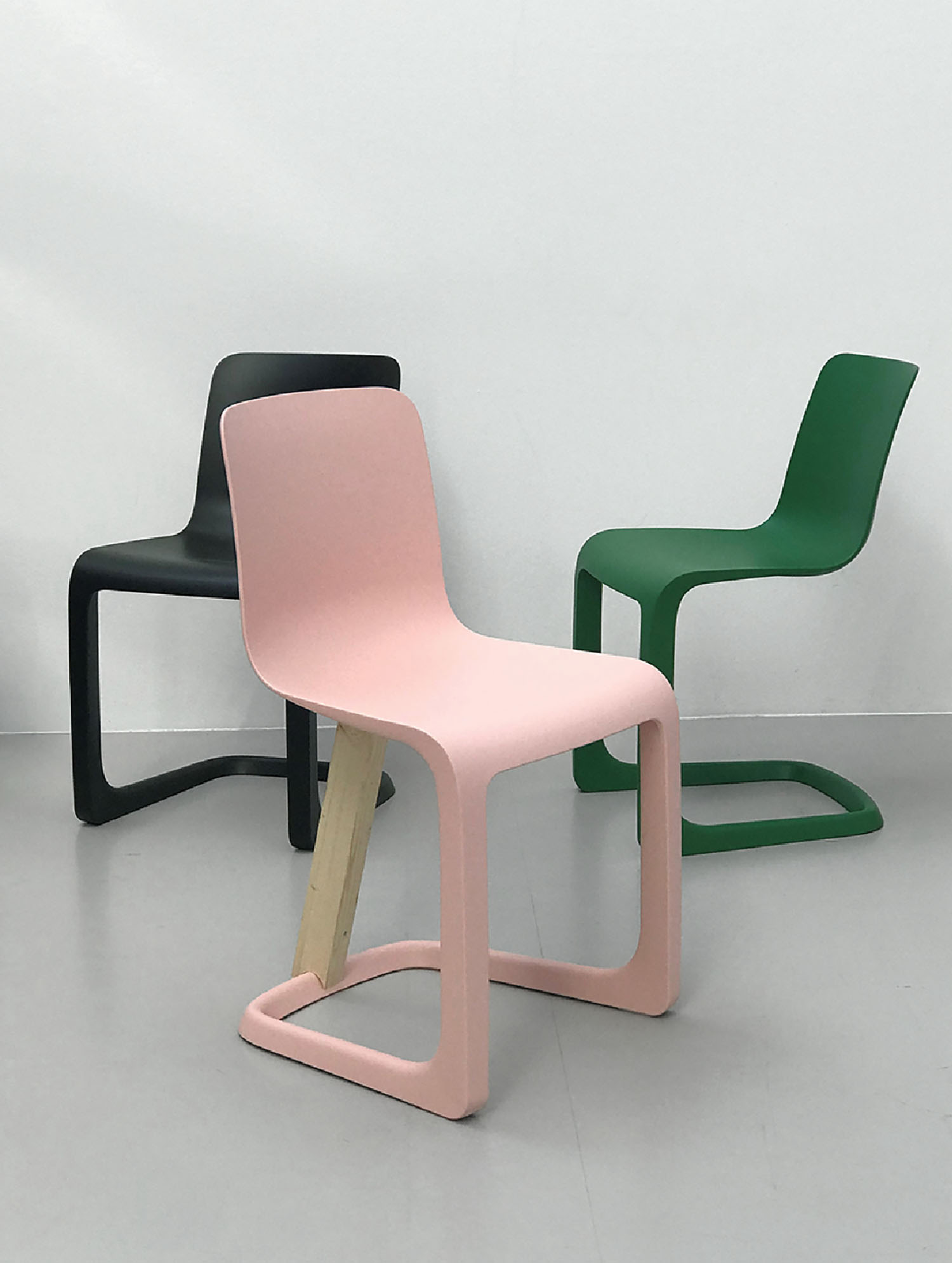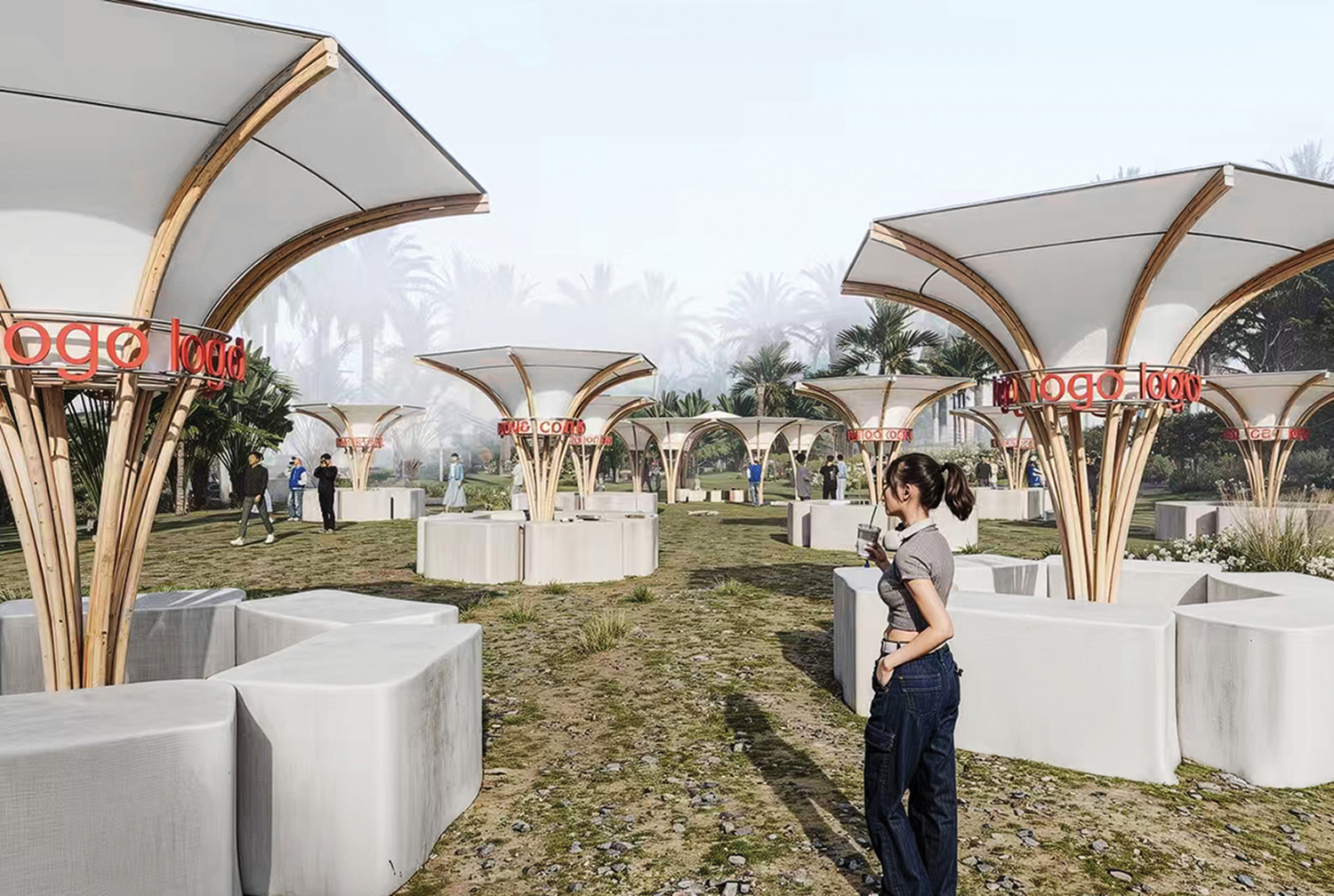Interior Designers Champion the Wellness Movement
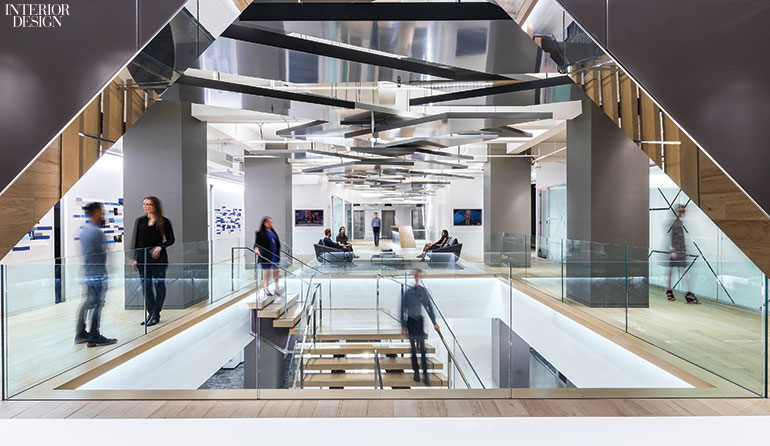
It’s both a cliché and a truism that wellness starts from within. A healthy body and sound mind are at the core of human vitality: Eating right, exercising, getting adequate sleep, thwarting stress, and practicing mindfulness add up to longevity and enhanced well-being. Increasingly, though, we are becoming aware of the pivotal role that our surroundings—the built environment—play in this equation. Thanks to epidemiological research and Big Data, we have mounting evidence of a correlation between occupant health and factors such as indoor air quality, ergonomics, and daylight access. Designers can now approach clients armed with post-occupancy metrics and hard science that quantify the myriad benefits of circadian lighting, internal feature staircases, sit/stand desks, hydration stations, and yoga/meditation rooms.

These days, getting clients to buy into such initiatives is no longer the number one challenge. An Interior Design survey reveals that 69 percent of clients are “extremely” or “very” willing to invest in a wellness-promoting space. Rather, the most common roadblock is often the building envelope, especially in urban environments. That 1960’s skyscraper with leaky single-pane windows, creaky mechanicals, and block-long floor plates your client just leased 200,000 square feet of is not the optimal context for maximizing daylight and minimizing air infiltration—both pillars of Well certification.

To gain more insight, Interior Design recently hosted the A&D community for a wellness-focused roundtable. “We have the technology to build healthy structures,” attendee and B+H Architects North American managing principal Lisa Bate remarked, “but the issue is our existing building stock. We’re at the mercy of core and shell.” HOK senior wellness consultant James Stawniczy divulged that his biggest battles are with “landlords unwilling to change systems,” or who are simply uninformed. “When I ask for a healthy building report, they look at me like I have five heads.”
Indeed, an enlightened or at least educable property owner can make all the difference in the pursuit of wellness. Bethany Borel, a CookFox Architects associate, told of the firm’s move last summer to new Manhattan headquarters, which have since achieved Well Gold status for its 5,500 square feet of planted terraces and occupant-adjustable zoned temperature control, among other wellness-minded features. The office is in a 1921 Carèrre & Hastings mid-rise, which meant grappling with the inherent performance limitations of an historic structure. “Lots of things had to be negotiated and written into our lease before we even started the design process,” she said. “A huge factor in attaining that certification level was early communications with our landlord, Empire State Realty Trust. They have a very green portfolio and are always trying to outdo themselves.”

While not every property head is so forward-thinking, there’s a strong business case for adopting wellness measures. They add tangible value by making properties more attractive to tenants and commanding higher rents. “You can’t just guilt the planet into doing the right thing,” Brian Klansky, regional director of View Dynamic Glass, noted. “You have to put numbers behind the movement.”
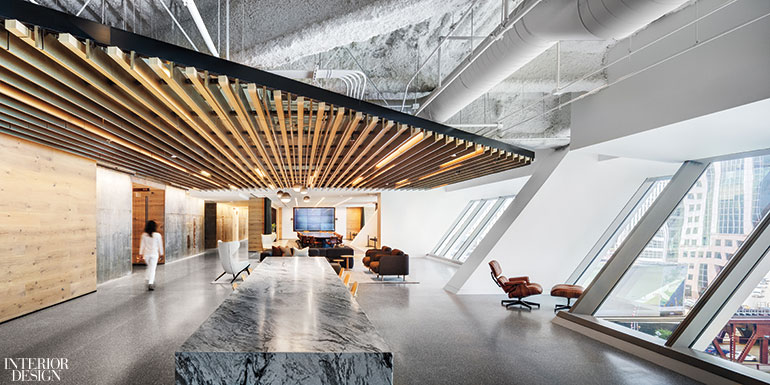
As was the case with the sustainability movement, designers have assumed a leadership role as early adopters and change agents, pushing the envelope in strategic ways to galvanize the market. “We all have to work collaboratively,” M Moser Associates director Christine Bruckner said. “Any time we come up with a slightly better solution, we should share it with each other.” Real-estate agents can also be leveraged as allies. “They were early advocates of green features,” Julie Hiromoto, director of HKS’s New York office, contributed, “so we need to educate them about the new shift to wellness. They can vet potential sites for us, pre-filtering optimal properties and receptive landlords.” She adds that insurance companies are another constituency to coerce. “When they start giving organizations credit for implementing wellness features—rather than just ‘Eat an apple and fill out your Fitbit form’—is when we’ll start to overcome the cost challenges.”
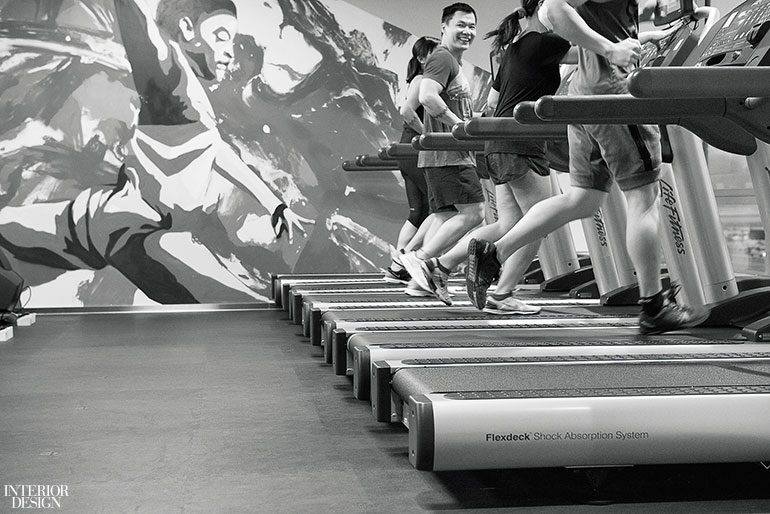
The International Well Building Institute embraces a more holistic and equitable approach with the 2.0 version of its Well certification standards. Launched in May, it’s the standards’ first major overhaul since rolling out in 2014. IWBI worked closely with the design community to co-create the new standards. While prerequisites to achieving certification—clean air and water, healthy food offerings, access to natural light, opportunities for occupants to move, and thermal and acoustic comfort among them—remain nonnegotiable, there are now multiple pathways. “We focused on introducing preconditions that don’t require major capital expenditures,” roundtable co-moderator and IWBI chief product officer Rachel Gutter stated. “The new version offers a more balanced approach to what a building can do on behalf of the people inside it, and what an organization can do—via policies and programs—to drive a culture of wellness. That is scalable and should create continuity in the handoff between design and operations, developer and tenant.” The wellness revolution starts on the inside.
